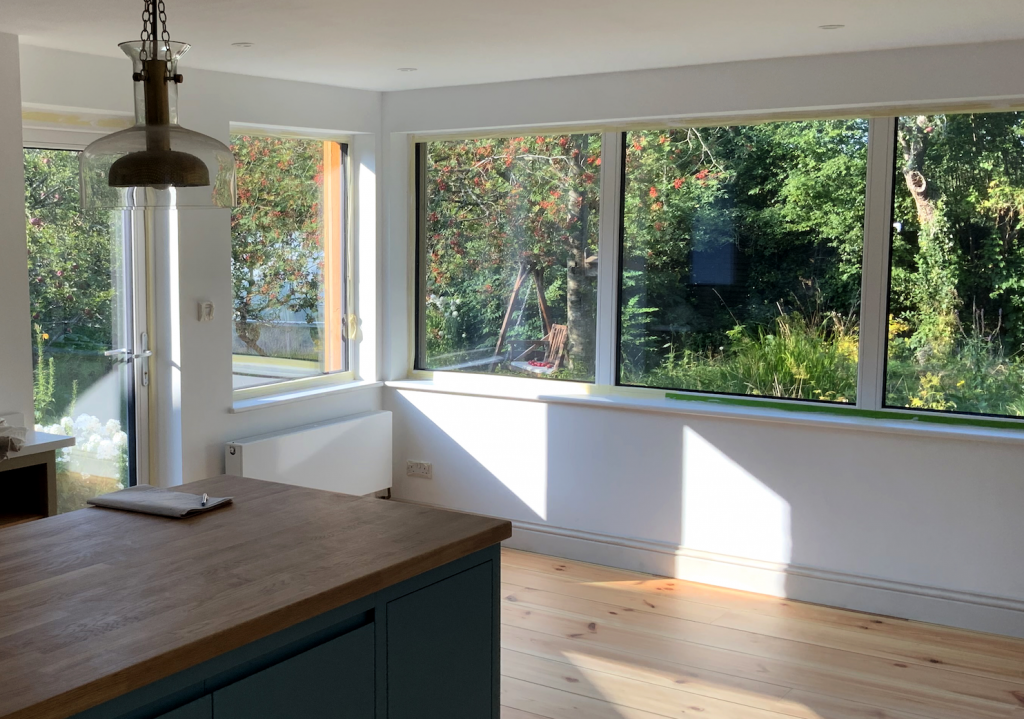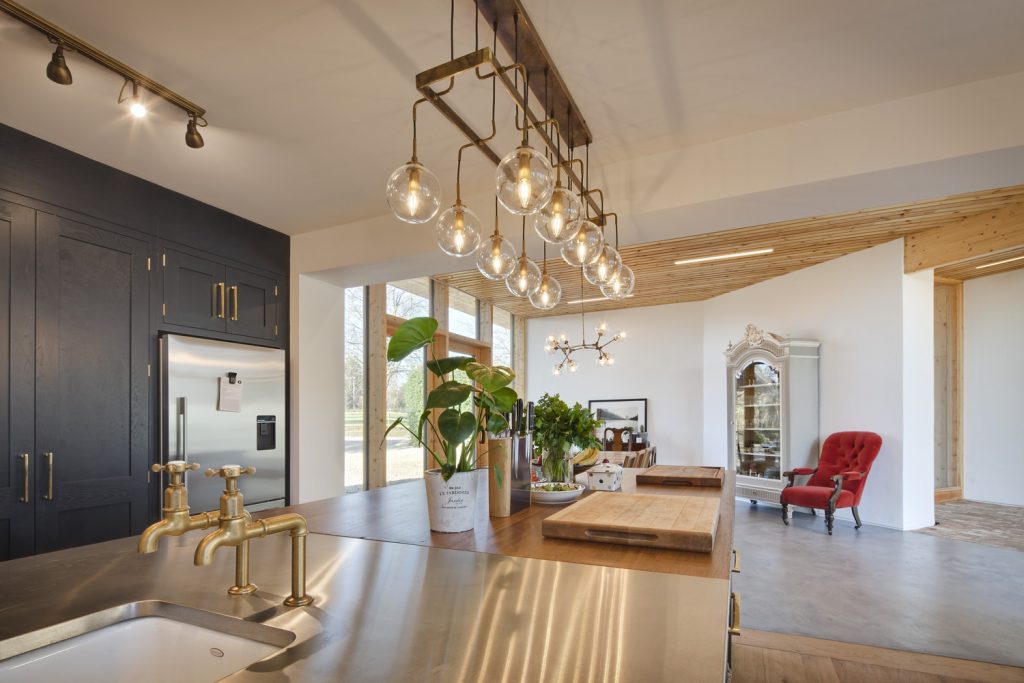Many of us have spent more time than we expected in our homes over the past year. This has meant using them in different ways, often as our place of work, and spending a lot more on our energy bills. As the world starts moving once more, we know many of you are thinking about how to make your home more comfortable, fit-for purpose and energy efficient.
Retrofitting your home can be daunting and we are often approached by people who want to undertake a low-energy retrofit but aren’t sure where to start. Here are some practical things to consider before starting your retrofit journey.
1. Every home is different
The age of your house, construction type, number of occupants, heating type and wall build-up all have a huge part to play in what retrofit measures are appropriate. Just because your neighbours down the road have had external wall insulation installed on their house, does not mean it’s the right solution for you. We think it’s important to take a whole-house approach that assesses and considers all of the different variables of your home and lifestyle before deciding on what measures to take.

2. You don’t have to do all the work at once
Retrofitting your home can be an incremental process over five, ten or even twenty years. You don’t have to do your whole house in one go. We can help you to put together a medium term retrofit plan so that you can retrofit your house in a time-frame that suits you and your budget.
3. Renewable energy is great, but…
Improving the energy efficiency of your home through retrofit measures will reduce your heat loss and therefore energy demand; your home will be more comfortable and you’ll have lower energy bills. This is likely to have a bigger impact on improving the sustainability of your home than generating renewable energy will. We strongly believe in a fabric-first approach because using the right materials in the right order can allow your home to manage important things like draughts, temperature and fresh air on it’s own without expensive technologies. We will prioritise these measures before exploring technology to generate your own energy.
At Transition by Design, our Passivhaus certified designers feed bespoke information about your home into a piece of software called the Passivhaus Planning Package. This gives us valuable data which we use to consider different insulation, airtightness and renewable energy strategies and what effect these will have on your home’s heating demand and subsequent bills.
4. There is plenty of inspiration out there
Retrofitting your home doesn’t have to be all about making it more energy efficient. We think it’s just as important that your home meets your needs and is beautifully crafted. There are lots of ways of living in and arranging your home, so having something that suits you is important. We work with our clients to understand how they use their home and design to their needs. There’s also plenty of inspiration out there such as ‘Don’t move, improve’ or you can have a look at some completed projects on our website.

5. It’s important to find the right partners
The most important thing is to work with people you’re comfortable with. Ask yourself what your priorities are and find an architect and builder that share your values. Is carbon saving, aesthetics or cost your biggest priority? This will help determine what certifications you should consider for your eco-project. Once you’re partnering with like-minded people, you can then work with them to design and retrofit your home.
If you’re thinking about retrofitting your home, please give our architecture team an initial call on 01865 959571 or email info@transitionbydesign.org to talk through your options at no cost.
